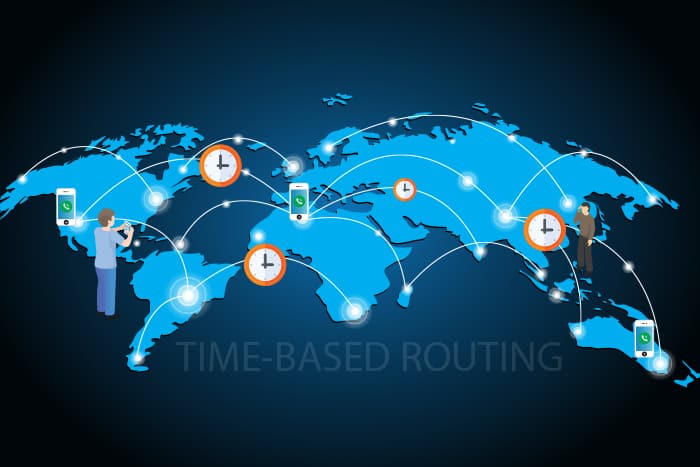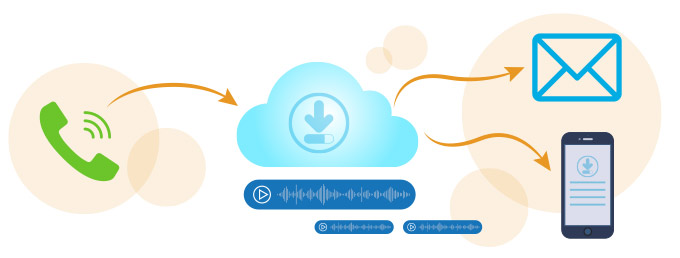The process of call center quality assurance ensures that the results of your customer service practices match your desired outcome. Because you want to provide exemplary customer service, you must monitor the performance of your call center. This is a continuous process of collecting and analyzing data, training call center agents, and improving your service.
Set Goals for Call Center Quality Assurance
The first step is to evaluate the areas in which your call center needs improving. Outline the goals you intend to reach. Without a concise idea of where you want to start, you will not be able to develop a strong monitoring strategy.
Ask Your Customers Their Opinion
A good way to improve your customer service is by asking your customers what they want. But don’t simply contact them for their opinions as this is not likely to meet with a response. Instead, offer them some incentive. For example, offer them a coupon or reward if they take a few minutes to complete a short survey.
Monitoring Your Call Center With Software
Now you’ve set your goals for call center quality; it’s time to put your plan into action. The first step to assessing the quality of your service is to select the right software. When choosing monitoring software, there are several factors you need to take into consideration. These include:
- Features: This aspect will largely depend on the size of your call center and the volume of calls you handle. Some software solutions enable you to automate parts of the monitoring process by analyzing speech and metadata.
- Scalability: This is important if the number of your call center agents fluctuates seasonally.
- Ease of use: You shouldn’t need to spend too much time training staff how to use it. Make sure the program is intuitive.
- Security: The safety of your customer information it a top priority. When you are using software to track it, it must be secure within that program.
Which Metrics Will You Analyze?
There are many key indicators involved in call center quality assurance. However, it’s not possible to monitor all of them. Not only would it be too time-consuming, but you would not be able to analyze the overwhelming results. Choose indicators that are relevant to a particular type of activity and will interact to create a coherent result.
Record a Selection of Calls
Call center agents receive thousands of calls per month. It’s impossible for you to listen to them all. However, many software solutions enable call recording, but be sure to use it judiciously. Recording a random selection of calls can be a waste of time because it won’t be a sampling of a larger trend. Use the metrics you have already gathered and select calls which are not meeting your goals, for example, calls which ran on too long, or which were handled poorly, or those in which customers had to call back several times about the same issue.
Write Professional Scripts
Scripts are a customer call center staple. They help to ensure that your agents are maintaining the standards you’ve set for the quality of your customer service. A script is a necessity whether your call center deals with inbound calls. A professional script reflects the results of your monitoring. Your agents should be able to go off script when a situation demands it. This is where good training comes in.
Provide Regular Training
Training should begin with each new hire and should continue on a regular basis. Your quality assurance specialist should educate new hires about your customer service goals and how to meet them. Have your best agents buddy-up with new members of the team. This will give them extra confidence and encourage them to emulate your most successful agents. Training isn’t just for new hires, it should be continuous, but you need to make sure that it doesn’t become monotonous. Otherwise, you are defeating the purpose. Make sure agents stay engaged in training by varying your training methods and activities. Agents should also feel they are able to ask for extra training if they feel they need it. Training sessions should be tailored to suit individual agents as much as possible; if not, it won’t be relevant to his or her needs. Everyone’s time is better utilized when training is a direct result of call monitoring, and it will strengthen your call center quality assurance system as a whole.
As you can see, there’s much more to call center quality assurance than just watching over your agents. It’s about monitoring services and using the data to highlight areas where improvement is needed. It’s also about training staff on a regular basis, so they continue to improve. But that’s not all either. You must maintain a company culture of trust and cooperation to optimize your call center.











